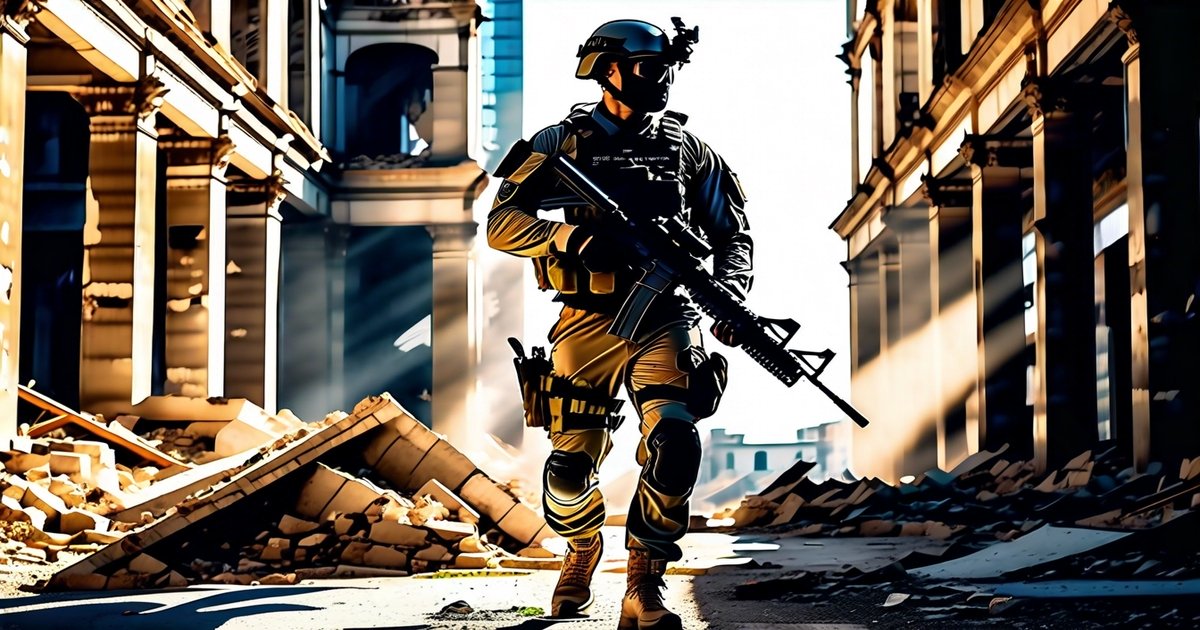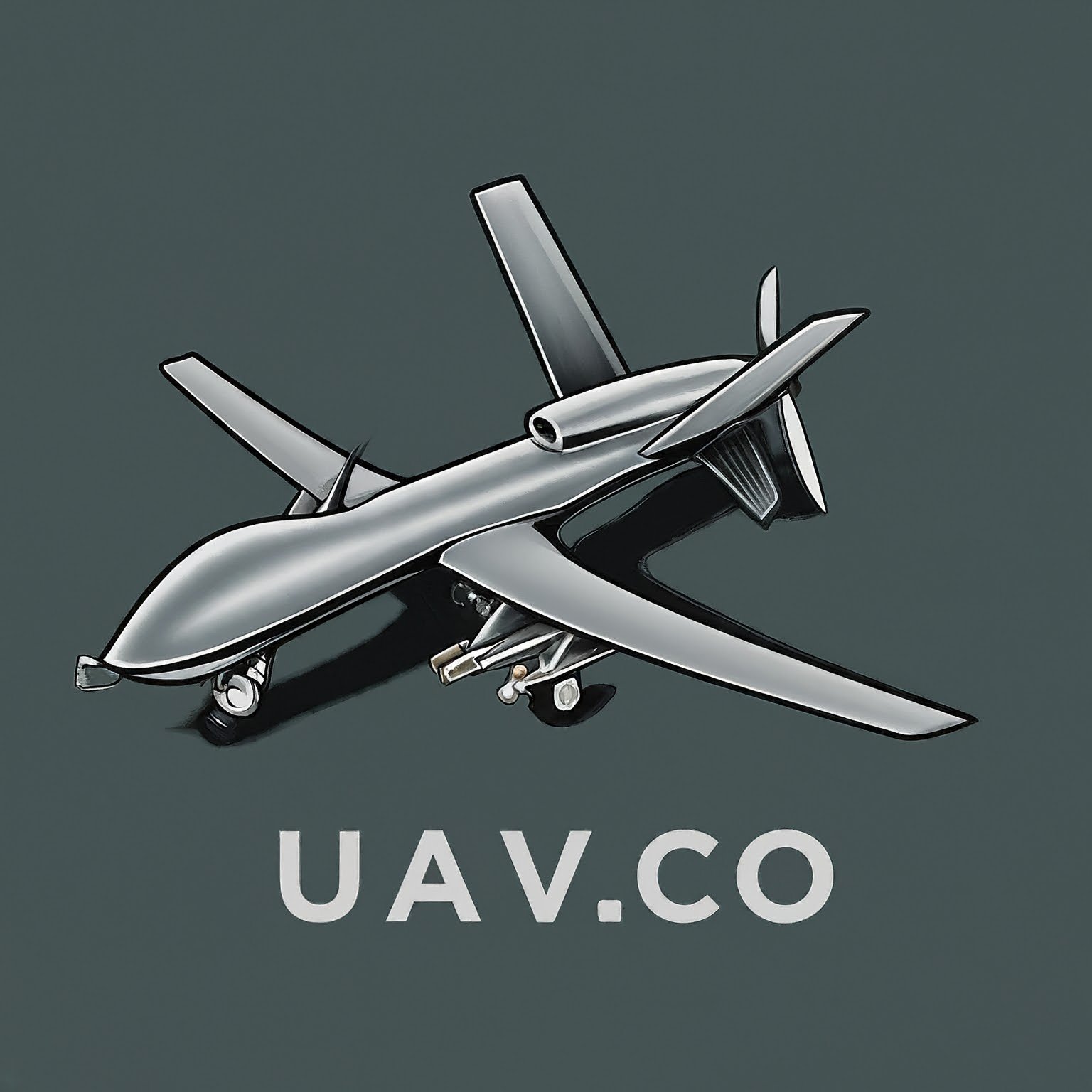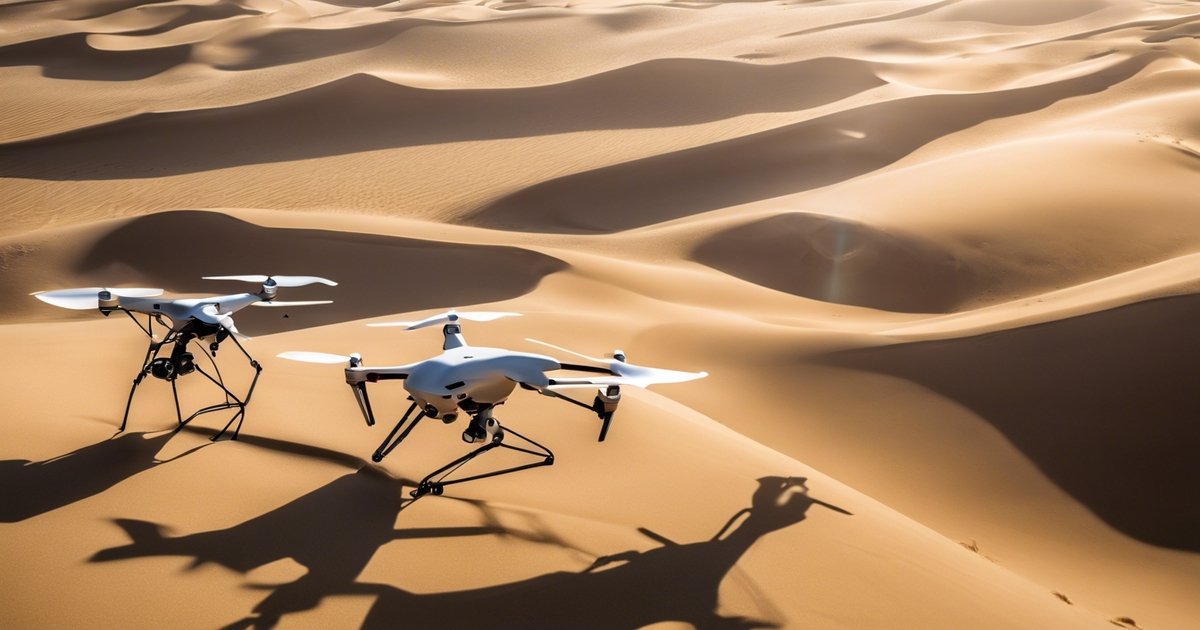The landscape of warfare, surveillance, and UAV operations has profoundly transformed with the advent of military drones, particularly within Israeli defense strategies, affecting weapons deployment and troops. These unmanned aerial vehicles (UAVs), often referred to as armed drones, have not only redefined reconnaissance missions but also significantly enhanced precision in combat operations through their military use in squadrons and the delivery of precision munitions. As Israel continues to be a pioneer in drone technology, understanding its deployment of armed drones and unmanned aerial vehicles (UAV) operations, and their impact on both national security and global military tactics becomes crucial. This exploration will delve into the evolution, capabilities, weapons, flight operations, and ethical considerations surrounding military drones and UAV squadrons in Israel, shedding light on their pivotal role in modern warfare.
Key Takeaways
-
Military drones, particularly small ones, are revolutionizing urban warfare by providing real-time surveillance and targeted capabilities without risking soldiers’ lives.
-
Israel’s strategic use of drones in Gaza operations showcases the importance of UAVs in modern conflict zones for intelligence gathering, surveillance, and tactical strikes.
-
The introduction of innovative drone technologies, such as the Spark UAV, highlights the ongoing advancements in military drone capabilities, offering enhanced operational efficiency and versatility.
-
While drones offer significant military advantages, their use raises concerns about civilian risks, underscoring the need for stringent operational protocols to minimize unintended casualties.
-
The design and development of Israeli UAVs, including the operational history and variants of Heron drones, demonstrate Israel’s leading role in drone technology and its significant investment in unmanned aerial systems.
-
Understanding the significance of major drone operators in Israel provides insight into the country’s defense strategy and the pivotal role drones play in national security and beyond.
Role of Small Drones in Urban Warfare
Enhanced Surveillance
Small drones provide enhanced surveillance capabilities. They navigate densely populated areas easily. This aids in gathering critical information without being detected.
Drones have cameras and sensors. These tools help soldiers see through buildings, track movements for military use, and guide armed drones and weapons as directed by an officer. The data collected is vital for making informed decisions.
Precision Targeting
Precision targeting is another key role of small drones. They minimize collateral damage by striking specific targets accurately.
This capability is crucial in urban settings where civilians are present for military use, allowing an officer to demonstrate endurance during flight. Drones, in their military use, can identify enemy positions with precision during flight, ensuring safety for non-combatants and assisting the officer.
Rapid Deployment
Rapid deployment of small drones for military use offers real-time intelligence gathering. Soldiers receive information quickly, which is essential during operations.
The speed at which these drones operate gives military forces an advantage. They adjust strategies promptly based on the latest intel.
Israel’s Use of Drones in Gaza Operations
Surveillance Missions
Israel frequently employs drones for surveillance and reconnaissance. These missions monitor militant activities closely. The drones gather crucial intelligence without risking human lives.
The use of drones allows the Israeli military to track movements and communications. They can identify potential threats early. This capability is essential for maintaining security.
Targeted Strikes
Armed drones are another critical component of Israel’s strategy. They carry out targeted strikes against specific threats. These operations aim to neutralize militants efficiently.
The deployment of armed drones offers precision that minimizes collateral damage. It ensures that only intended targets are hit, protecting civilian lives whenever possible.
Damage Assessment
After operations, Israel uses drones for damage assessment. This step is vital to evaluate the effectiveness of their strikes.
Drones provide high-resolution images of affected areas. They help determine the extent of destruction and any immediate needs for humanitarian aid or rebuilding efforts.
Innovations in Military Drone Technology
Stealth Development
Military drones, particularly unmanned aerial vehicles (UAVs), have seen significant advancements. One key area is stealth technology. This innovation helps UAVs evade radar detection. It allows them to operate undetected in hostile territories.
Stealth technology involves the use of materials and design techniques. These reduce the drone’s visibility on enemy radars. For example, certain coatings absorb radar waves. Shapes that deflect these waves away from their source are also used.
AI Integration
Another groundbreaking development is integrating artificial intelligence (AI). AI enables drones to perform autonomous operations without human intervention. This capability enhances their effectiveness and reduces risks to troops.
AI-driven drones can analyze data from their sensors in real-time. They make decisions based on this analysis. Tasks like navigating, identifying targets, and even assessing damage become automated.
Swarming Tactics
Advancements in drone swarming tactics represent a shift in military strategy. Groups of drones coordinate attacks, increasing combat efficiency and situational awareness among ground forces.
Drone swarms utilize both numbers and coordinated efforts for greater impact.
-
Pros: Overwhelm enemy defenses, distribute risk across many units
-
Cons: Requires sophisticated command and control systems
This tactic mimics natural phenomena like bird flocks or insect swarms. It relies on simple rules applied across many platforms for complex behavior emergence.
Introduction of Spark UAV in Air Force
Short-Range Missions
The Spark UAV is a game-changer for the air force. Its primary role is conducting short-range reconnaissance missions. This capability is crucial for gathering intelligence quickly and efficiently.
The compact size of the Spark UAV marks a significant advancement. It allows for easy transport and quick deployment, which are vital in fast-paced military operations. Soldiers can carry it without hassle, ensuring that they always have reconnaissance support at hand.
GPS-Denied Navigation
One of the most innovative features of the Spark UAV is its ability to operate in GPS-denied environments. This means it can navigate using visual cues when satellite navigation is unavailable or jammed by adversaries.
This capability ensures that squadrons remain effective even in challenging conditions. The use of visual navigation techniques makes the Spark UAV indispensable for operations where electronic warfare tactics are employed.
Civilian Risks with Military Drones
Accidental Casualties
The use of military drones, particularly in Israel, raises significant concerns about accidental civilian casualties. Strikes intended for militants can sometimes go awry, leading to unintended loss of innocent lives. This risk is not just theoretical but has been observed in various conflicts around the globe.
For example, a drone strike targeting a suspected militant might hit nearby civilians instead. The precision of these operations often relies on intelligence that may not always be accurate. Despite advancements in technology, the margin for error remains concerning.
Privacy Concerns
Another critical issue is the impact on privacy due to pervasive surveillance capabilities of military drones. Civilians living in areas under surveillance face constant monitoring without their consent. This omnipresent observation raises serious questions about individual freedoms and rights.
The State Department acknowledges these concerns but also emphasizes the security benefits provided by such surveillance. However, the balance between safety and privacy continues to be a contentious issue among users and observers alike.
Psychological Impact
Living under constant drone surveillance takes a psychological toll on populations. The fear of being watched or targeted at any moment creates an environment of stress and anxiety among civilians.
Children growing up in these conditions experience unique pressures that can affect their development and mental health long-term. Reports from conflict zones highlight how such continuous exposure leads to trauma-related disorders among residents.
Design and Development of Israeli UAVs
Endurance Reliability
Israeli UAV operations prioritize endurance and reliability. These drones are designed for long-duration missions, often requiring them to stay airborne for extended periods. This capability is crucial not only for surveillance but also in minimizing the risks to civilian areas by ensuring precise operation over time.
The development teams focus on creating systems that can withstand various environmental conditions. They achieve this through rigorous testing and using materials proven to last. The result is a fleet of drones capable of operating efficiently across different mission profiles, from intelligence gathering to direct support roles in conflict zones.
Modular Design
A key feature of Israeli UAVs is their modular design. This approach allows rapid configuration changes, adapting each drone’s capabilities based on specific mission requirements. For example, a drone configured for reconnaissance might be quickly adapted to carry out electronic warfare or cargo delivery with minimal downtime.
This flexibility extends the utility of each UAV within the military arsenal, ensuring they can respond effectively to evolving threats and operational needs. It also simplifies maintenance and upgrades, contributing further to overall reliability.
Advanced Systems
Incorporation of cutting-edge sensors and communication systems sets Israeli drones apart. These advanced technologies enable real-time data acquisition and sharing across platforms, enhancing situational awareness during uav operations.
-
Sensors range from high-resolution cameras to sophisticated radar.
-
Communication systems ensure secure links between the drone, its operators, and other assets in the field.
Together, these elements form an integrated network that supports complex missions involving multiple units coordinating seamlessly over vast distances.
Operational History and Variants of Heron Drones
Long Endurance
Heron drones have set a benchmark for long endurance flights. These UAVs can exceed 24 hours in the air. This capability is crucial for sustained intelligence collection. Operators value this feature as it provides continuous surveillance.
The endurance of Heron drones allows for extensive monitoring of areas without frequent landings. This aspect has made them indispensable in military operations where persistent aerial coverage is needed.
Versatile Deployment
Deployed in international peacekeeping missions, Heron drones demonstrate versatility. They adapt to various environments and mission requirements seamlessly. Their deployment across different continents showcases their operational flexibility.
In peacekeeping missions, these drones provide critical intelligence and reconnaissance support. They help monitor ceasefires and secure borders effectively.
Evolutionary Steps
Heron 1 marked the beginning of Israel’s advanced UAV fleet. Since then, variants like Heron TP have emerged with enhanced capabilities.
-
Operators benefit from improved range.
-
Types include upgraded sensors and payloads.
The evolution from Heron 1 to Heron TP reflects significant advancements:
-
Increased payload capacity.
-
Extended flight duration.
-
Better communication systems.
These enhancements ensure that Israeli military drones remain at the forefront of UAV technology, meeting modern warfare demands efficiently.
Significance of Major Drone Operators in Israel
Defense Forces
The Israeli Defense Forces (IDF) leverage drones extensively. They use them for surveillance, intelligence gathering, and targeted operations. This strategic application enhances national security.
Drones offer the IDF a high level of operational flexibility. They can monitor hostile territories without risking pilot lives. For example, drones played crucial roles in recent conflicts by providing real-time data.
Aerospace Industries
Israeli aerospace industries are pivotal in UAV development. They contribute significantly to global drone technology and exports. Companies like IAI produce models such as the Heron drone.
These industries not only supply the IDF but also export drones worldwide. Their innovations shape global UAV capabilities. The success of models like Heron demonstrates their impact on international markets.
Private Sector
Private sector firms in Israel are at the forefront of drone technology innovation. They develop applications beyond military use, including agriculture and logistics.
Companies innovate relentlessly to improve drone efficiency and versatility. Their work ensures that Israel remains a leader in UAV technology evolution.
Summary
The exploration of military drones in Israel reveals a multifaceted landscape where innovation meets necessity. Small drones have revolutionized urban warfare, providing Israel with strategic advantages in operations within Gaza. The introduction of the Spark UAV into the Air Force underscores the country’s commitment to advancing military technology, while the development and operational history of Heron drones illustrate a robust framework for UAV deployment. However, the utilization of these technologies also raises concerns regarding civilian risks, highlighting the need for stringent oversight. The significance of major drone operators in Israel cannot be understated, as they play a pivotal role in shaping the future of aerial warfare and surveillance.
As the landscape of military drones continues to evolve, it is imperative for stakeholders to consider the ethical implications and potential for further innovation. The dialogue surrounding these developments must remain open and informed, encouraging responsible use and continued advancement in UAV technology. Readers are encouraged to delve deeper into this topic, fostering an understanding that balances technological progress with humanitarian considerations.




